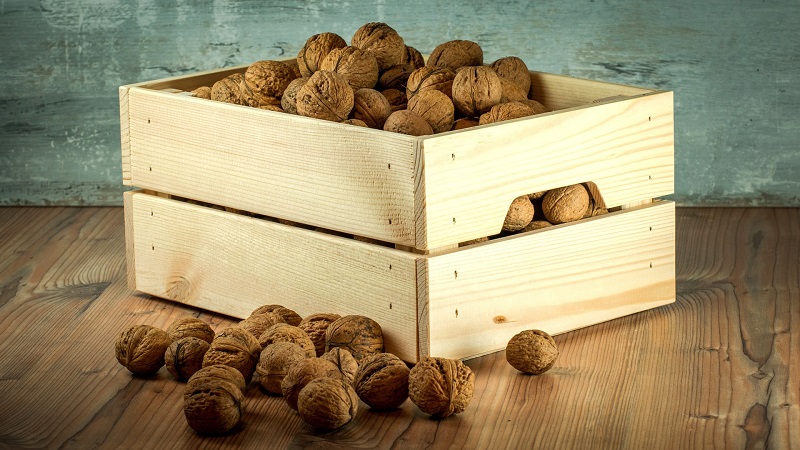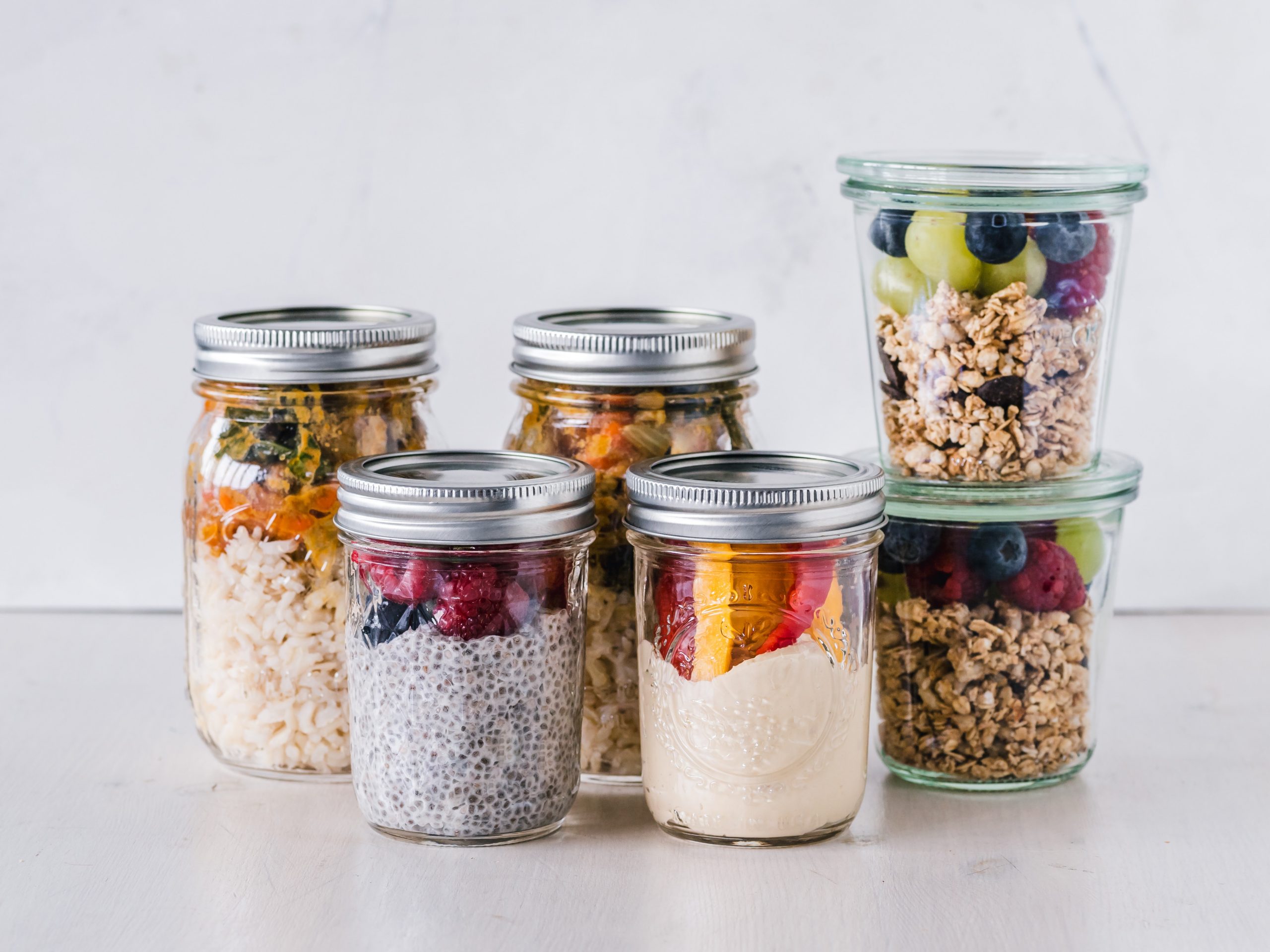You may find various food packaging choices in the market. Access to canned, jarred, and plastic-bottle foods is not a problem. Food packaging has advantages and disadvantages in practicality, health, recycling, and waste management.
The ease with which may store canned and jarred products is well-known, and there are specific dangerous components in packaged food that are not immediately obvious.
Table of Contents
What Do You Mean By Packaged Foods In Bottles And Jars?
Bottled and jarred packaged goods have been around for a very long period. In Ancient Egypt, stored food in glass canisters and Bottle-making technology remained static for a long time. When the first bottle-making machine, packaged goods production went through the roof.
To ensure the safety of home chemicals, many individuals opt for glass containers with airtight lids. It’s no longer necessary to use glass jars and pots in place of plastic bottles and cardboard boxes.
Food safety is the primary purpose of packaging, and the product to be packed is the critical determinant in deciding the kind of container. Packaging has evolved throughout time to benefit both consumers and producers.
Jars And Bottles Of Preserved Foods
The purpose of packaging was to protect the goods, and technology has made it possible to package goods so that merchants and buyers profit.
Consumers often rely on bottled and jarred packaged goods items to maintain the freshness of their drinks and meals. Consequently, they don’t have to worry about food going bad while storing it. May now keep fish, vegetables, meat, and even beverages in these containers.
6 Types of Containers And Jars For Food Storage
There are six main types of packaging for the commodities in bottled and jarred packaged goods. We’ll go over each one since there are so many of them.
1. Polypropylene Bottles
This packaging is available on the market. Plastic bottles are also correct when plastic bottles are in landfills, and hazardous substances into the groundwater and soil.
There’s no doubt that plastic bottles are a major environmental polluter—petroleum to make packing containers, often used for drinks and other refreshments. They can’t recycle certain materials since they can’t be replenished.
2. Inkjet-printed cardboard boxes
Cardboard bottles and jarred packaged goods are more eco-friendly than plastic bottled and jarred packaged goods. This substance may be from aluminum, tinplate, and other metals. Cardboard packing is a cost-effective solution for organizations because of its low production costs. It’s also much easier to distribute, store, and recycle these items now.
Because of its lightweight and inexpensive cost, cardboard packaging is popular. When designing cardboard packaging, it’s essential to consider the environmental impact and the cost-effectiveness and limits that come with it.
3. Glass Bottles
Glass jars may be reused and recycled, making this a great option. You may find square glass in various thick thicknesses.
The best way to keep food fresh is to keep it in sealed glass containers, and the growth of microbes is one example of this. While it is undoubtedly an advantage, it also helps keep harmful chemicals from being released during chilling or microwave heating.
You can keep your food safe from the elements by using clear containers like glass jars or canisters, which helps prevent spoilage and contamination—May store liquids in them since they are generally airtight.
Bulk jars made of tempered glass are perfect for long-term storage since they are solid and easy to maintain.
4. Wooden Boxes For Shipping

Next, we have wood packaging, which is a better choice since it is less harmful to the environment. Hardwood packing is not only cost-effective but also ecologically beneficial.
The environment should use wood packaging rather than plastic or other synthetic materials. This kind of packaging is frequently aesthetically and tactilely attractive.
Their aesthetic attractiveness and tactile features make them a pleasure to use. Hardwood packaging has the added benefits of being biodegradable, regenerative, and recyclable. Compared to other possibilities, it’s also much less costly. However, there are a few limitations to consider when utilizing it. There are various ways it is not as strong as steel or aluminum. Second, customizing choices are restricted.
5. Metal-based Containers
Metal containers in the food industry store a variety of goods. In addition to its corrosion-resistant properties and low cost, tinplated steel has become an increasingly popular material. They are also unaffected by acidic foods.
The contents of metal containers may be heated or chilled to preserve food. The steel used to make metal containers is of the highest grade, ensuring they survive for many years.
6. With the aid of an insulated metal container
This packaging is more durable and lighter than traditional options like plastic or glass. Utilizing metal containers has the added advantage of easy recycling and repurposing.
They don’t incur extra transportation charges since aluminum cans and packaging are light.
A very durable and long-lasting substance, aluminum is used in various products.
May store juices and food safely in metal containers, and you may eat and drink without fear of the material interfering with them. This container stores cheese, milk, tea, and other beverages.
There is a Wide Variety of Bottled and Jarred Packaged Goods
A wide array of bottled and jarred packaged goods are available. The following are included:
1. Glass
Bottles and jars made of glass are the most common packing materials. Most manufacturers produce large glass jars for packaging food and other things—shorter and larger-mouthed glass jars.
2. Victorian
These enormous jars of mayonnaise, pickle, and some other condiments are the best way to keep them fresh for a long time.
3. Paragon
The sleek and tall shape of a paragon container makes it readily recognized.
The Advantages Of Bottled and Jarred Packaged Goods
1. Hygienic
In terms of packing, hygienic conditions are the most important. At all times, the container must be sterile and clean. Since glass does not leak harmful radiation or oxidize the contents, it is the most excellent container material. Glass jars may help preserve food and protect it from going bad.
2. For a long period
Pre-packaged meals in bottles and jars have another benefit: convenience. It’s a scalable and cost-effective solution for any data. In this way, organizations may save money by storing data for an extended period while still maintaining access to the data for future use.
3. Duration
It also impacts many other things’ lives. Variables such as humidity and temperature may all impact food’s shelf life. Using the proper packaging might help you get more use of your food.
4. Environmentally Friendly
Bottles and jars of pre-packaged food are a time-saver. As a result, it is easy to use and may be kept in any position.
Taking it on a long journey, for example, or giving it to someone else, are possible uses. It’s small, light, and easy to use. Because of this, bottle and jar packaging is a popular choice among consumers.
Instead of using synthetic materials, wood to build wooden packaging. This kind of packaging has a premium appearance and feel.
When it comes to shipping, using wooden pallets has several advantages. They are visually and tactilely appealing, making them a pleasure to work with. Recyclable, renewable, and biodegradable are all attributes that distinguish wooden packaging from other common forms of packaging. Aside from the cost savings, it’s also more convenient than many other possibilities.
4. The Metal Containers
May safely keep food in storage containers by steaming or chilling the contents of the container as needed.
In addition to their durability, they may also count on metal containers for their dependability. They use high-quality steel in the construction of these containers.
Disadvantages of Bottled and Jarred Packaged Goods
1. Brittle Packaging
It is true that bottled and jarred packaged goods items may be convenient and aesthetically attractive, but they are more susceptible to breaking because of the fragility of glass.
2. Expensive
Glass is costly because of its fragile nature. When compared to alternative packing materials, glass is more expensive.
3. Environment
The environment around us shapes our daily lives. Water, oxygen, and food are just a few things it provides to keep us alive. We must protect the natural world around us.
Unfortunately, consumer packaging makes up a large percentage of rubbish—waste packaging materials in landfills, which pollute the atmosphere.
The Importance of Packaging
Manufacturers spend much money on packaging to ensure that their goods can be stored and transported safely. It’s essential to wrap your groceries properly, and it shields them from any danger that could come their way.
The pros and cons of each packing method are unique to each technique. Bottled and jarred packaged goods materials are selected based on the product to be packed. Choosing the proper packaging is crucial for various purposes in terms of shelf life.
Which Is Better For You: Bottled Or Jarred Goods?
Excellent and in great demand worldwide are bottled and jarred packaged goods products. In addition, every one of them is exceptional in their way. Once you’ve decided on your food’s packaging, there’s nothing further to do. Personal choice, economic considerations, and environmental considerations all factor into the decision.
Conclusion
Glass jar packaging is better for your health and the environment, and the use of plastic containers to package food is harmful to the environment because of this. If you decide now that you understand what to search for in jarred and bottled goods, it will be much easier for you to shop for them.

Alex is fascinated with “understanding” people. It’s actually what drives everything he does. He believes in a thoughtful exploration of how you shape your thoughts, experience of the world.



